Delhi’s Dalmoth vs. Bengal’s Chanachur? The ongoing war over superiority - GetBengal story
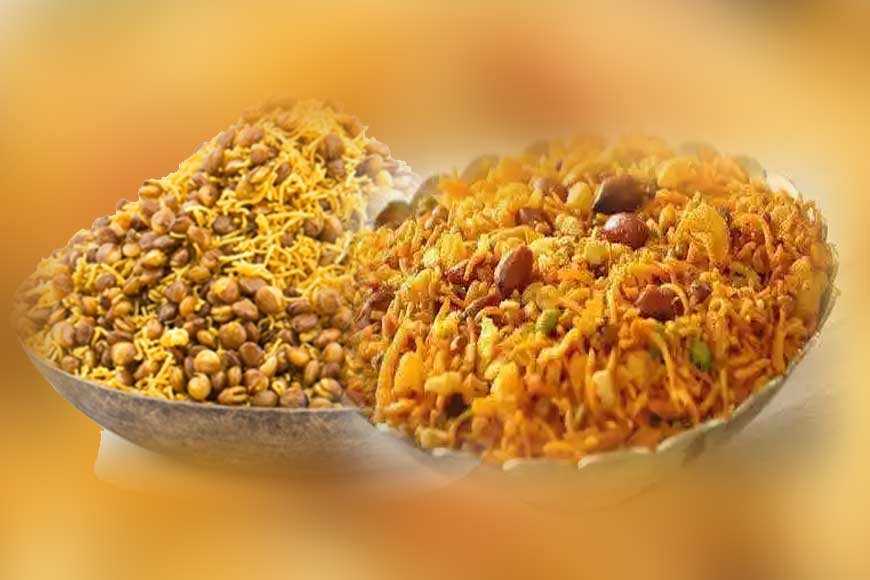
India and snacks are complementary. Snacks are an integral part of every Indian household. Practically every part of the country has its own special variant of a particular snack, and this often leads to a war of epic proportions, with each region vying for the top slot. Dalmoth, or Chanachur, is one such traditional Indian savoury snack that tastes delicious. Dalmoth and Chanachur are very popular evening tea-time snacks in India. However, the squabble over the superiority of Dalmoth over Chanachur continues.
Dalmoth is made by mixing fried lentils, spices like red chilli powder, cumin powder, black pepper powder, chaat masala, asafetida, garam masala, and nuts, and deep-frying them in oil or ghee. Moong Dal is preferred to make Dalmoth. No one knows the exact origins of dalmoth; however, everyone agrees that this crunchy mixture (named after the moth dal that is the primary ingredient of dalmoth) owes its origins to the dusty plains of western Uttar Pradesh. Across the state, there are several variations of dalmoth, some nearly identical to the original and some quite distinct. Agra, Bareilly, and Farrukhabad are the places that are frequently credited with its inception.
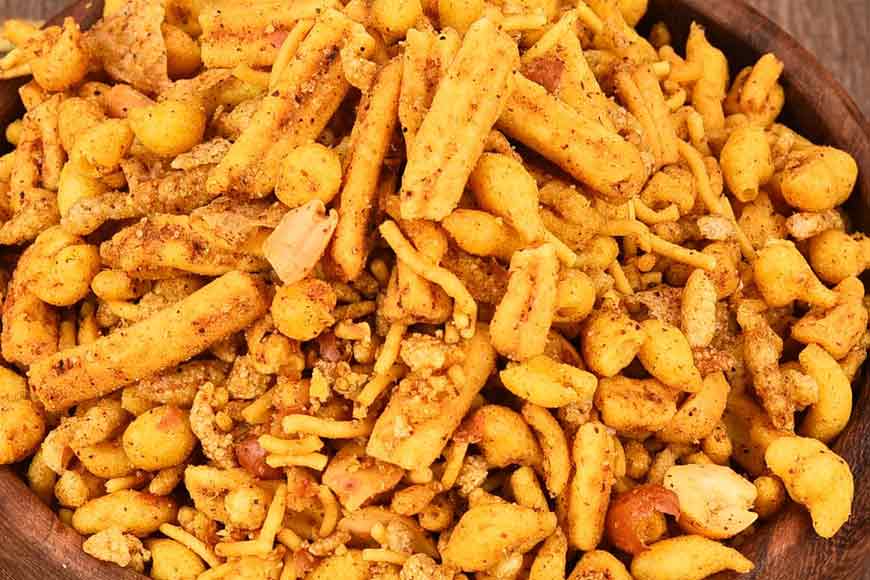
The chronology goes in such a way that Dalmoth was first made in the early 1900s in Farrukhabad, a relatively unknown town on the banks of the Ganga River in western Uttar Pradesh. According to available records, a young man called Deshraj started making dalmoth in his home. The recipe was so addicting that everyone in the town, including the English officials posted there, would relish the concoction. Slowly and steadily more people from his community started making dalmoth; in just a few years, dalmoth became one of the most important products of Farrukhabad. Since Farrukhabad is also the largest potato-growing district in the state, grated fried potatoes, alu laccha, became an intrinsic part of the recipe. Another thing that went in was asafetida (hing). With Hathras, the hing capital of the north, being a neighbouring district, it was always a part of the local palate, and adding it to the mixture helped enhance the flavour, aroma, and digestive properties.
As dalmoth became popular, it travelled to different parts of the state, where the snack was tweaked as per traditional cuisine. In Agra, for example, pepper was added instead of red chilli, and the sev was smaller and softer. Bareilly added premium ingredients like melon seeds, cashew nuts, and aromatics fried in ghee, which made it the most expensive dalmoth in the state. Traditionally, all the Dalmoth mixture ingredients were hand-made and then fried in ghee.
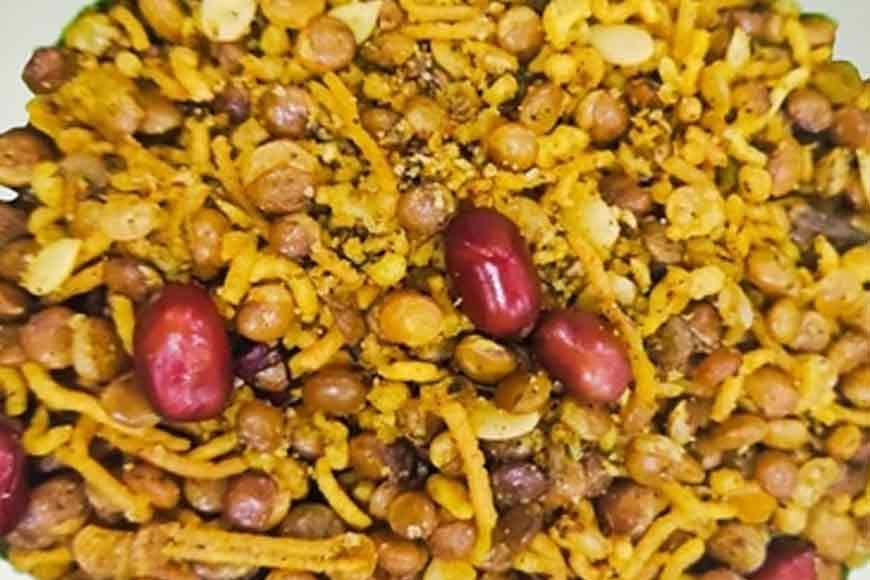
In the previous few decades, the blend that began with just two variations has grown to include nearly seventy iterations. In Uttar Pradesh, every city has its own variations, and dalmoth is a pretty common snack even beyond the state. It goes by the name "dalbiji" in Delhi and Punjab, "chanachur" in Bengal, and "retains its name but changes entirely in MP." The argument over who makes the greatest dallooh is endless, much like the controversy surrounding its origin.
Also read : The story of Bengal's all-time favourite snack
In Bengal, Chanachur, Bulbul Bhaja, or Ghoti Garam is not just a snack; it is a flavourful adventure through the traditions and tastes of Bengal. Whether one is savouring the spiciness of 'Jhaal,' the tanginess of 'Tok,' or the harmonious blend of 'Tok Jhaal Mishti,' each bite is a celebration of heritage and passion.
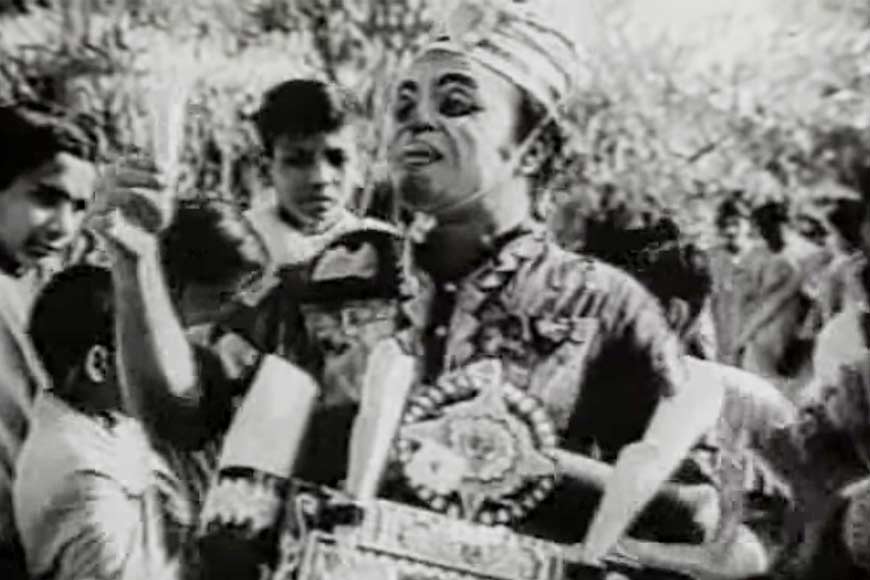
The popularity of this snack can be gauged from the cult song “Haridaser bulbul bhaja/Tatka taja, khete moja...” from the 1973 classic comedy film Shriman Prithiviraj. The scene featured iconic actor Rabi Ghosh, who crooned this jingle and danced as a hawker selling the quintessential Kolkata street food. Now, one might wonder about the origin of this humble, albeit delicious, bulbul bhaja. This is the predecessor of Jhalmuri and Ghoti Gorom. Basically, it is what Bengalis call chanachur.
Ghoti gorom is essentially street food, but it is much more than that. It is so simple yet has a burst of flavour! “Ghoti Gorom” is salted chanachur mixed with onions, green chillies, coriander leaves, lemon juice, and the star of the show, amra (Spondias mombin), which is a very sour and tangy fruit. This is what gives the "Ghoti Gorom" that special X factor! Street hawkers carry their wares in cylindrical containers, aka ghoti, tied securely with gamchha, with a number of medium-sized vessels surrounding the ghoti. Everything is then covered with a ubiquitous red cotton cloth, or gamchha.
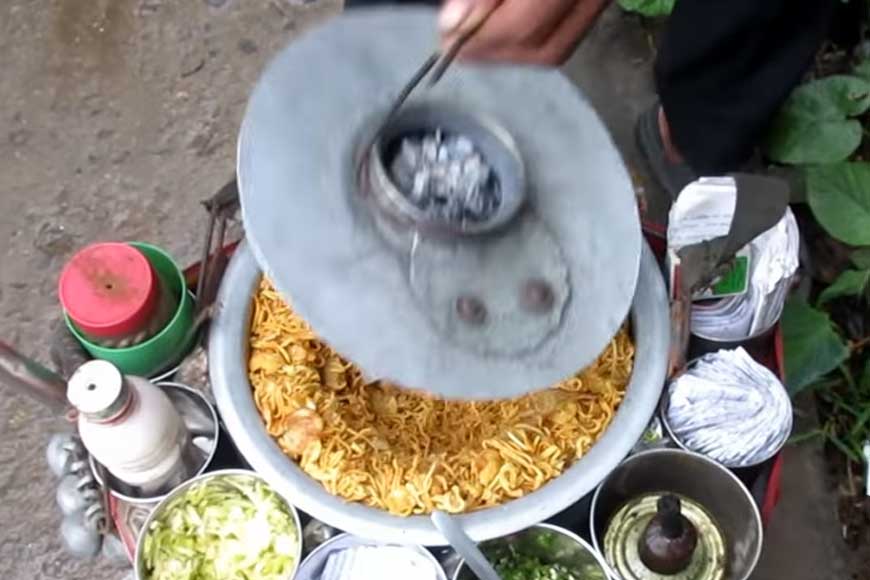
"Ghoti Gorom" is believed to have originated in Bongaon, North 24 Parganas. That’s where all the vendors get their raw materials from. Most "Ghoti Gorom" vendors come from Bongaon, Habra, Chandan Nagar, etc., boarding local trains, and then they spread out across the city, treading through Calcutta’s streets and by lanes, selling their savoury snack.
The history of Bengali Chanachur begins in the bustling streets of Kolkata, where a remarkable snack was born out of simplicity. Although Chanachur was intended to be a simple tea companion, it quickly rose to the top of the snack hierarchy thanks to its secret spice mix. Although the traditional blend satisfies savoury desires, there are delightful modifications to suit a variety of palates. 'Tok' provides a tart edge, 'Jhaal' satisfies those seeking a dash of spice, and 'Tok Jhaal' combines the two flavours in a delicious way. "Mishti Chanachur'' is a great option for individuals who have a sweet tooth, while brave people can explore the world of "Tok Jhaal Mishti," where spices and sweetness dance in a seductive way. The deliberate combination of flavours in Chanachur—the crunch of chickpea noodles, the nuttiness of peanuts, the crispiness of fried lentils, and the attraction of hidden spices—makes it a delightful dish.
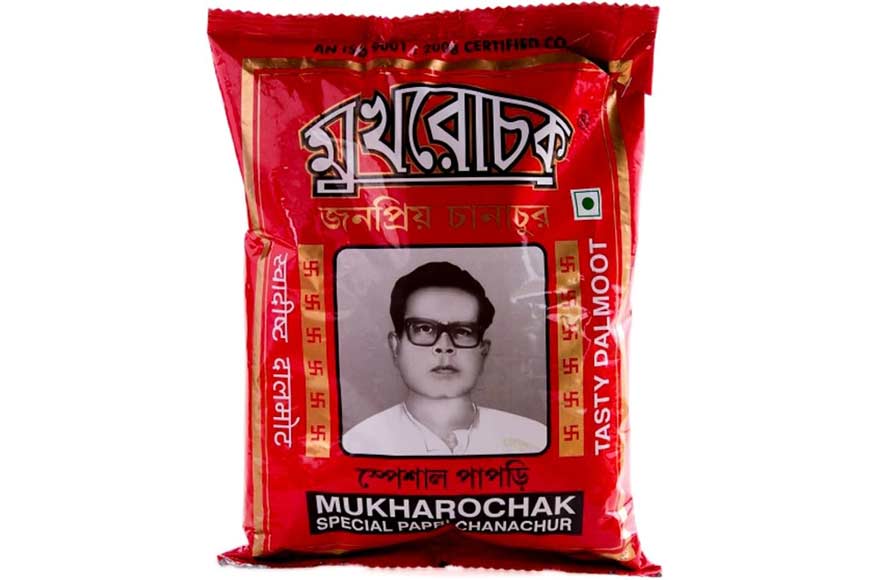
As the popularity of Chanachur soared, some brands, like Mukharochak and Tuk Tak Chanachur, have grown beyond local markets to become household names. These brands have successfully translated tradition into a packaged delight, reaching a broader audience while preserving the authentic flavours that make chanachur an inseparable part of Bengali snacking culture. Amid these established brands, the artisanal touch of brandless Ujjala's Chanachur transports all snack lovers to a different realm altogether. The century-old shop, tucked in one corner of the wall and named after one of the famous movie halls (now gone, sadly), stood the test of time. According to information available, “around 1928–1929, Himmatbhai Patel, upon reaching Kolkata, started selling chanachur and bhujia in a handcart opposite Ujjala Movie Hall. Business was slow until 1950, when a blockbuster movie starring Uttam Kumar and Suchitra Sen was was released in Ujjala named Agnipariksha and with the help of the movie theatre, this small Chanachur shop got the required boost.” The chanachur here is of the non-spicy variant (more of the Bombay mix type). The artisanal makers take pride in their secret spice blends, turning the process into a meticulous dance of roasting and frying. The craft lies not only in selecting the right ingredients but also in achieving the perfect balance of textures and flavours, turning each batch into a crunchy masterpiece.
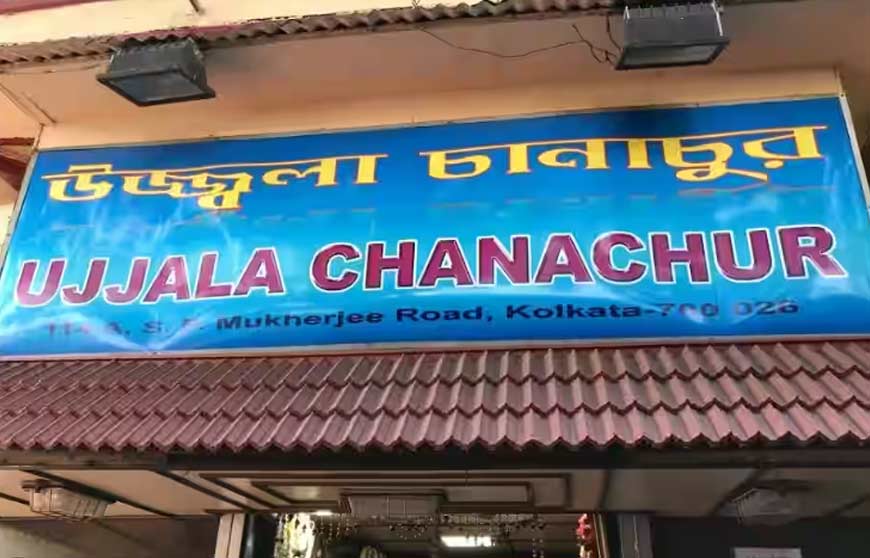
In the dynamic landscape of Indian snacks, newer brands are injecting a modern touch into the traditional, redefining the snacking experience by blending the original flavours with contemporary twists. This infusion of innovation ensures that chanachur remains a timeless snack, adapting to the ever-changing preferences of the modern consumer.










